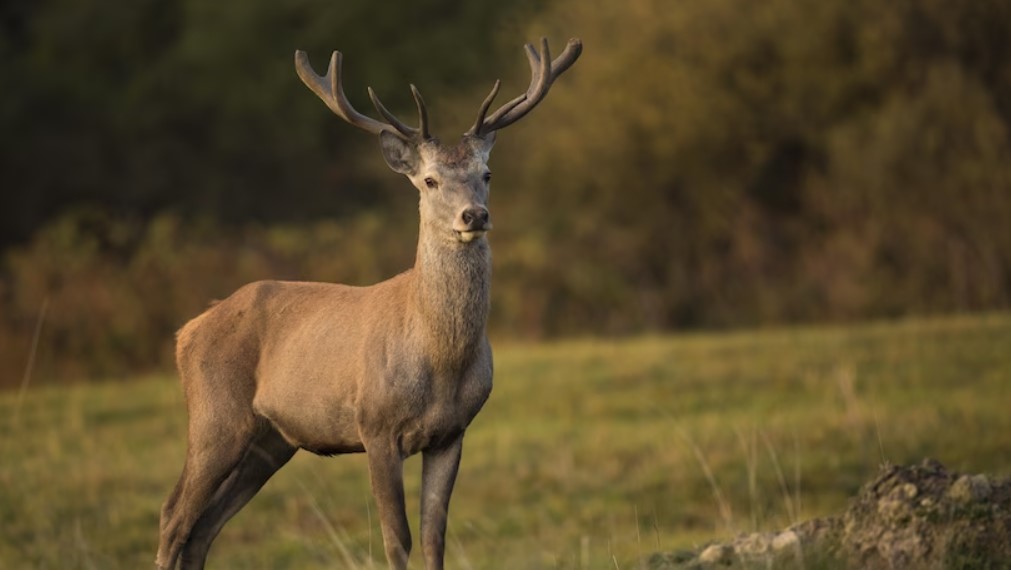
The ‘Zombie Deer Disease’ Threat: Can It Spread to Humans?
- by dgihost.com
In a concerning turn of events, a case of the chronic wasting disease (CWD), commonly referred to as ‘Zombie Deer Disease,’ has been detected in Yellowstone National Park, raising fears of possible transmission to humans. This slow-moving disaster is characterized by a fatal neurodegenerative disorder affecting deer, elk, reindeer, sika deer, and moose.
The disease, caused by prions – resilient proteins impacting both animals and humans – leads to dementia-like symptoms and, ultimately, death. Despite its prevalence in wildlife, there is uncertainty surrounding the origin of the ominous term “zombie deer.”
Symptoms and Spread
Prions induce abnormal folding and clumping of brain and spinal cord cells in infected animals. Approximately a year post-infection, affected animals exhibit symptoms such as dementia, wobbliness, drooling, aggression, and weight loss.
As of November 2023, CWD has been reported in at least 31 states in the US, three Canadian provinces, and various international locations, including Norway, Finland, Sweden, and South Korea. The first case was identified in Colorado in 1967.
Human Transmission Risk
While there are no current reports of human transmission, experimental research suggests the possibility, particularly if humans consume infected meat. The CDC estimates that up to 15,000 CWD-infected animals are consumed annually, with cooking temperatures required to neutralize prions surpassing standard cooking levels.
Historical Context
Drawing parallels to historical zoonotic diseases like ‘mad cow’ disease and the more recent COVID-19 pandemic originating from animals, the threat of diseases jumping from animals to humans is evident. ‘Mad cow’ disease claimed 232 lives globally, emphasizing the need for proactive measures against potential zoonotic outbreaks.
Precautions and Recommendations
To mitigate the risk of ‘Zombie Deer Disease’ transmission to humans, the CDC recommends several precautions:
- Test hunted animals before consuming their meat.
- Avoid consumption of deer and elk displaying unusual behavior or appearing sick.
- Use latex or rubber gloves when handling internal organs of hunted deer, minimizing contact with brain and spinal cord tissues.
- Refrain from using household knives or kitchen utensils when processing deer meat.
It’s crucial to note that determining if a deer is infected can only occur post-mortem, as testing requires samples from deep within the brain.
In conclusion, as the specter of ‘Zombie Deer Disease’ looms, understanding its potential impact on humans becomes paramount. Vigilance and adherence to precautionary measures are essential to thwart the transmission of this mysterious ailment, and ongoing research remains critical in unraveling the complexities surrounding CWD.
In a concerning turn of events, a case of the chronic wasting disease (CWD), commonly referred to as ‘Zombie Deer Disease,’ has been detected in Yellowstone National Park, raising fears of possible transmission to humans. This slow-moving disaster is characterized by a fatal neurodegenerative disorder affecting deer, elk, reindeer, sika deer, and moose. The disease,…